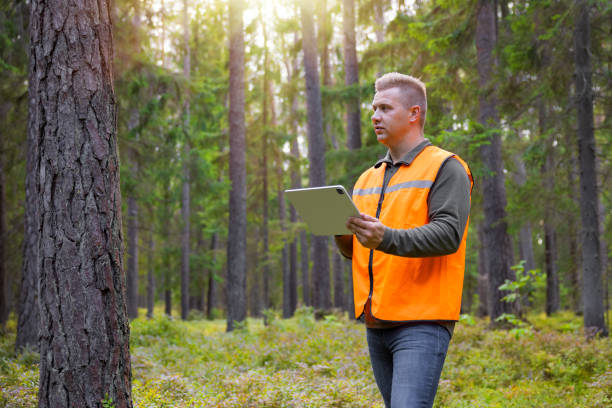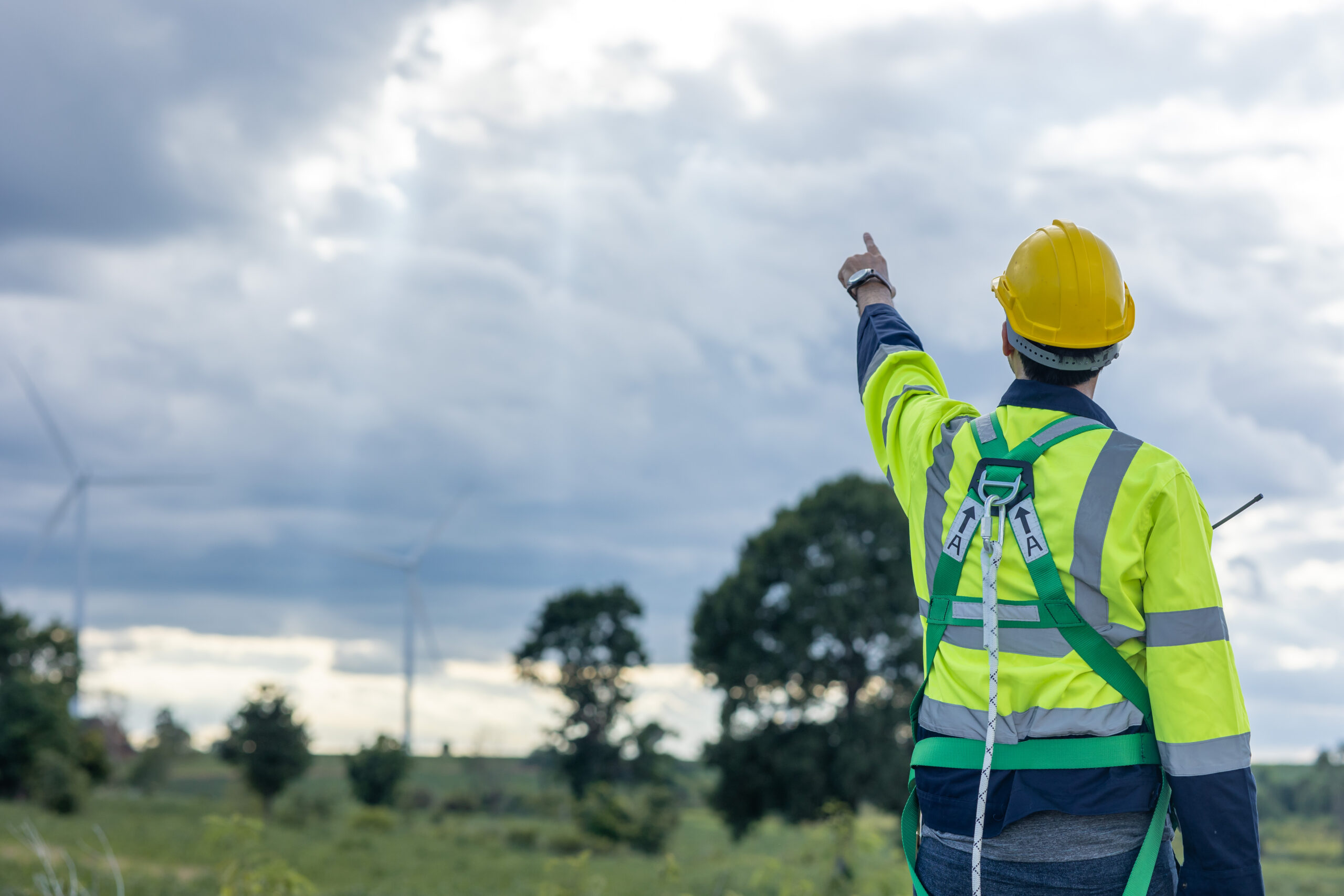Planning construction near trees involves more than just checking the site map. Builders and developers must follow specific tree survey requirements for construction to meet legal obligations and avoid costly delays. These surveys assess which trees can stay, which may need removal, and how building plans might affect root systems or tree health. Local authorities often require detailed reports before granting planning permission. Understanding what’s expected early in the process helps prevent setbacks later on. This guide explains what these surveys involve, when they’re needed, and how to approach them with confidence and accuracy from the start of your project.
What Is a Tree Survey and Why It Matters
A tree survey is a documented review of trees located on or close to land planned for development. It lists each tree with details such as species, height, trunk diameter, overall health, and exact position. This data offers developers insight into possible obstacles during planning and building stages.
Local councils often ask for this type of report before granting permission to build. The survey helps authorities decide which trees can stay and which may be removed. Some trees may be protected by law, meaning they cannot be cut down without approval. Ignoring this can lead to delays, fines, or legal issues.
Understanding tree survey requirements for construction is key when designing site layouts or making access plans. Builders must know how roots spread underground and how much space each tree needs above ground. Without this knowledge, digging or placing heavy equipment could damage root systems or cause long-term harm to nearby vegetation.
Survey results also help reduce future risks like falling branches or unstable trunks near buildings. They allow teams to plan ahead by removing unsafe trees early in the process rather than reacting after problems arise.
Engineers use the collected information to adjust building footprints or drainage systems so they don’t interfere with existing greenery. Architects rely on these reports when placing structures away from root zones that might later cause foundation damage.
When submitted early in the project timeline, surveys support smoother approval processes with fewer changes required later on. They increase predictability during construction because environmental factors have already been reviewed and addressed.
Tree surveys also serve as records that show compliance with local rules over time. Project managers can refer back to them if questions come up about what was removed versus what stayed on-site during development phases.
Skipping this step adds risk at every stage, from design through final inspection, making it harder to meet regulations while staying within budget and schedule limits.

Tree Survey Requirements for Construction Explained
Builders and developers must address specific steps before starting any project near trees. Local councils often ask for detailed surveys to assess the condition, type, and location of trees on or near the site. These reports help authorities decide if a tree can be removed, trimmed, or needs protection.
One key part of this process involves an arboricultural report. This document includes facts such as tree species, size, age, and health status. It also outlines how construction plans might affect nearby roots or branches. Without this report, planning permission may be delayed or denied.
Another important factor is identifying root protection areas (RPAs). These zones mark where digging or heavy equipment cannot go. Damaging roots in these areas could harm the tree’s stability. Builders must plan around RPAs to avoid penalties or forced changes during construction.
Local rules differ by council area. Some regions protect certain types of trees under Tree Preservation Orders (TPOs). If a protected tree stands on your site, you’ll need special permission before carrying out any activity that might impact it.
Developers should also prepare a method statement when applying for approval. This document shows how they will prevent harm to existing trees during excavation, groundwork, and material storage. Councils look at this plan closely when reviewing applications.
Communication with local planning officers helps projects move forward smoothly. Officials may request updates during different stages of development to confirm compliance with agreed measures.
Understanding tree survey requirements for construction reduces risk of fines and delays later in the timeline. Early attention to these steps ensures smoother coordination between builders and regulators from the start of the project until completion.
How Tree Surveys Impact Site Planning and Design
Tree surveys play a key role in shaping how land is developed. Before any building activity starts, these reports show the exact location, type, and condition of trees on a site. This data helps builders understand which trees can stay and which ones may need to be removed under local rules.
When planning a layout, developers must review tree positions early. Trees with legal protection or those in good health often must remain untouched. Their presence influences where buildings can go. A large tree near the edge of a plot might limit how close structures can be placed to that boundary. If ignored, this could lead to delays or extra costs due to redesigns.
Access routes for machinery also depend on tree locations. Heavy equipment needs clear paths that do not harm roots or trunks. Damaging protected trees during construction can result in penalties or forced changes to the project plan.
Drainage systems and underground services need careful planning too. Roots from mature trees may spread wide underground and conflict with pipes or cables. Designers must adjust layouts around these zones to avoid future issues.
Open spaces such as gardens or car parks also rely on accurate survey information. Existing tree cover affects light levels, soil conditions, and usable space for outdoor areas. Builders may use this data to decide whether shade-tolerant plants should be included in landscaping plans.
Understanding tree survey requirements for construction helps teams reduce risk from enforcement actions by councils or environmental agencies. It allows them to make informed decisions about where structures should go while staying within legal guidelines.
By using verified tree data at the start of a project, developers avoid costly surprises later in the process. This leads to smoother approvals from planners and fewer changes during build stages.

Working with Arboricultural Consultants
Hiring arboricultural consultants is a key step in meeting planning rules. These professionals carry out detailed inspections of trees on or near a site. Their reports help developers understand how trees may affect the project layout, timelines, and permissions. By using their knowledge early in the process, builders can avoid delays caused by missing or incomplete data.
Consultants know how to assess tree condition and value. They also understand local policies that link to protected species or conservation areas. This knowledge helps prevent legal issues later on. Their findings support applications for planning approval by showing how tree impacts will be managed.
Many local councils require specific documents as part of an application. These include tree constraints plans and impact assessments. Arboricultural consultants prepare these materials according to current rules and standards. This ensures that tree survey requirements for construction are met from the beginning.
Their input also helps design teams make informed changes to reduce harm to existing trees. For example, they may suggest moving a building line or changing access points to limit root damage. These adjustments can improve chances of gaining permission without costly redesigns.
Consultants often act as links between developers, planners, and environmental officers during the review process. They respond to council feedback and update reports when needed. This makes communication smoother and avoids confusion over technical details.
Choosing qualified consultants with experience in similar projects adds value throughout development stages. It reduces risk by ensuring compliance with all legal duties tied to trees on-site or nearby properties.
Early involvement of an arboricultural expert supports better outcomes for both project progress and environmental responsibility alike.
Building Responsibly Starts with Understanding Your Site’s Natural Assets
Navigating the early stages of development requires more than just architectural plans, it demands a clear understanding of your site’s ecological features. Tree survey requirements for construction play a critical role in ensuring compliance with planning regulations, preserving valuable trees, and optimising site design. By recognising how tree surveys influence layout decisions and collaborating with qualified arboricultural consultants, builders and developers can avoid costly delays and protect environmental assets. Prioritising these surveys from the outset not only streamlines the approval process but also supports sustainable, responsible development that aligns with both legal obligations and community expectations.

